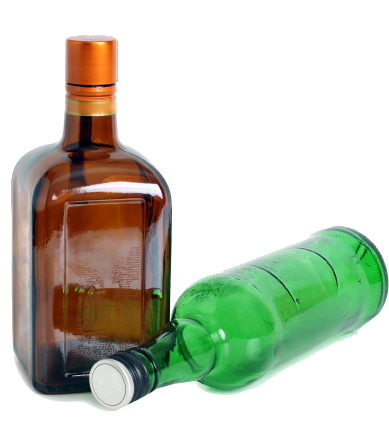Key Results
The cohort included 25,813 unique patients who had more than one ED visit related to alcohol during the previous 12 months (see Table 1). The median age was 45 years, two-thirds were male, 88 percent lived in urban areas, 59 percent arrived by EMS, and 13 percent were admitted to hospital on their index visit.
Explore This Issue
ACEP Now: Vol 40 – No 03 – March 2021One in 20 people presenting to the emergency department with two or more alcohol-related visits within 12 months dies within one year. Death due to an external cause (eg, suicide or accidents) was most common.
Evidence-Based Medicine Commentary

shutterstock.com
1) Observational Study: Multiple visits to the emergency department for alcohol-related issues may be a surrogate marker for other factors causing or contributing to the increase observed in all-cause mortality. Despite the authors’ adjusting for age, sex, income, rural residence, and presence of comorbidities, there could be other unmeasured confounders responsible for the results.
2) ICD-10-CA Codes: Validation of the use of ICD-10-CA code F10 to ascertain alcohol use disorders among patients presenting to the emergency department has not been published. This lack of validation does not mean that it is invalid to use this method of identifying cases, but we should use extra caution when interpreting the results.
3) Effective Intervention: In the article’s introduction, it is stated that a screening and brief intervention for alcohol-related problems in the emergency department is a promising approach for reducing problematic alcohol consumption.9 However, there were no references in the discussion of any high-quality evidence that any interventions prevent the need for hospital use or all-cause mortality.
4) Access to Care: Even if there were an effective treatment for alcohol use disorder that prevented mortality, access to care can be a challenge. Just over 10 percent of the cohort came from rural areas, where access to health care services is often limited.
5) Comparison: Other chronic conditions lead to frequent emergency department use, such as type 2 diabetes, chronic obstructive pulmonary disease, and congestive heart failure. This study did not compare these one-year mortality rates to those of patients with alcohol-related evaluation and treatment.
Bottom Line
A higher frequency of ED visits for alcohol-related issues is associated with an increase in all-cause one-year mortality.
Case Resolution
You offer the patient information on a local low-barrier (no referral, no cost) substance use disorder clinic. He takes the information and says he will consider visiting the clinic for help. You also offer him the anti-craving medication naltrexone starting at 50 mg orally daily for one week since he has no contraindications (eg, opioid use in the last 10 days).10 He takes the prescription and says he will consider this option.
Thank you to Dr. Hasan Sheikh, an emergency and addictions physician in Toronto and a lecturer at the University of Toronto, for his help with this review.
Remember to be skeptical of anything you learn, even if you heard it on the Skeptics’ Guide to Emergency Medicine.
Pages: 1 2 3 | Single Page






No Responses to “The Frequency of Alcohol-Related Emergency Dept. Visits and Mortality”